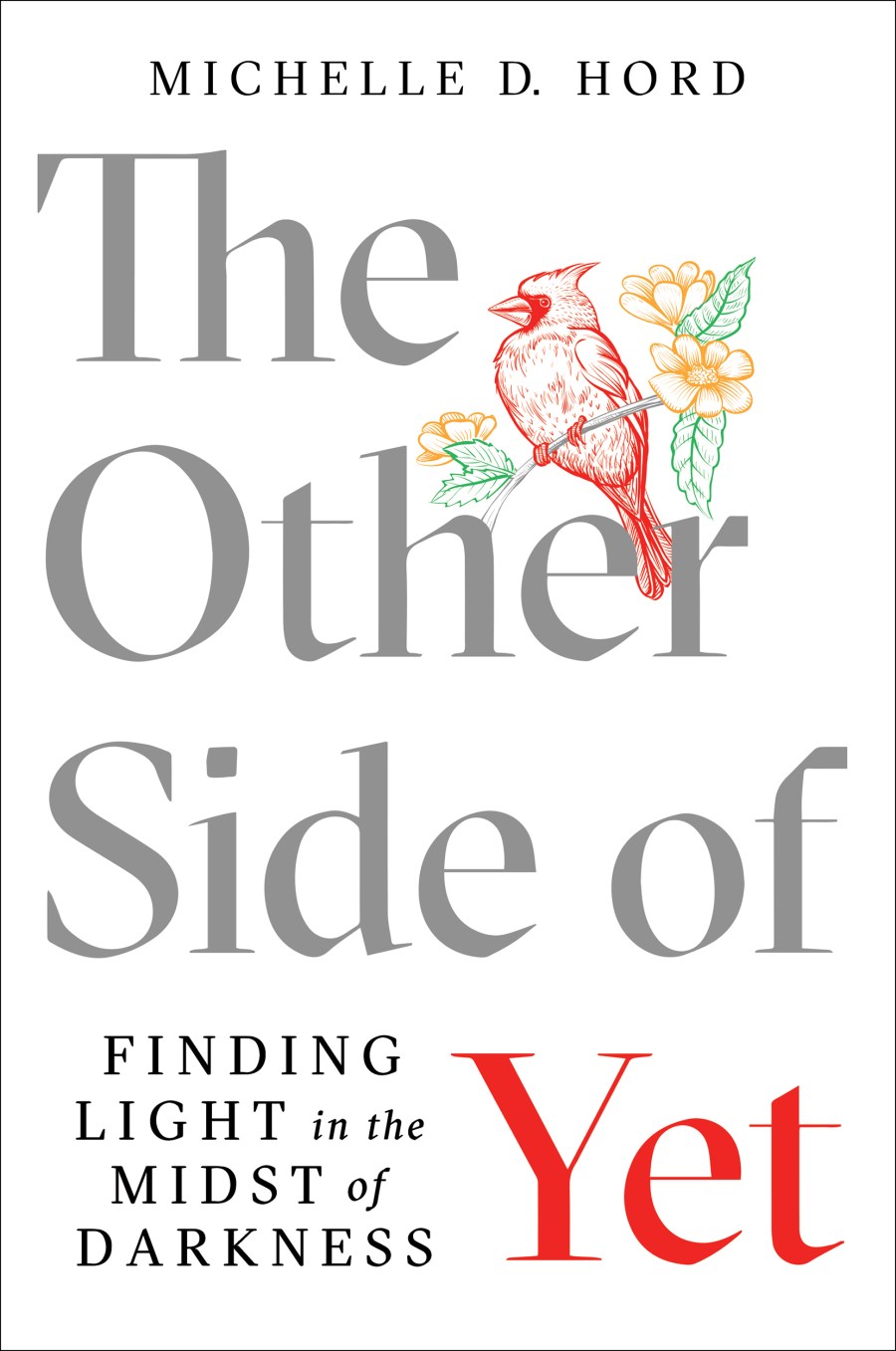A breaking news bulletin, an aerial shot of the latest location, the latest church, school, or grocery store where someone in America has been gunned down. Whenever these images cross our screens, especially when they involve children, there is a visceral gut reaction. My reaction is probably different than yours. I don’t hug my child tighter or quickly turn away in horror or disgust – I remember.

I am the mother of a murdered child. While my child was taken violently at the hand of her father and not a complete stranger, she is another causality in a long and silent war. There is a battle waging in our country that creates questions that look as mangled and tangled as pieces of old crime scene tape: what does freedom really mean? What freedoms do we deem as more valuable? What are we willing to compromise? What are we willing to give up or sacrifice? And as a mother, who stands with so many other childless mothers in the shadows of the battles, I wonder in the political crossfire if we can even all agree that children’s lives and safety should be nonnegotiable.
New towns and new schools and new stories emerge with the latest shootings in Buffalo, New York and Uvalde, Texas. However, our national attention span often fades with the news cycle and memorial hashtags and social media post jousts.
Left behind when the investigation concludes and the candlelight vigils are extinguished, are the living and breathing casualties of a kind of civil war. There are so many people walking among us with trauma and broken hearts. Some like Joe Garcia, literally die of a broken heart. His wife, fourth-grade teacher, Irma Garcia, was killed in her classroom last Tuesday in Uvalde. Two days later, a family member said that her grieving husband had died of a heart attack.
In May, I was a keynote speaker at the Trayvon Martin Foundation’s Circle of Mothers conference in Florida. Martin’s mother, Sybrina Fulton, created this event for healing and community in a club where no woman would ever seek admission. One hundred women from various ethnic, socioeconomic and geographical backgrounds with one thing in common – the violent loss of a child.

I shared my story. I listened to theirs. I walked alongside a table filled beyond reason with candles and pictures of our babies in memoriam. I shared some ideas around coping and living with our unspeakable burden, including lessons that helped me survive and go on to write my memoir, “The Other Side of Yet: Finding Light in the Midst of Darkness.”

Every survivor has a different story and grieves differently, but regardless of whether your heart is broken by the loss of a loved one or if you are grieving the loss of what you believe is America’s promise of inalienable rights, these ideas can hopefully offer you guiding lights along the dark and cluttered paths.
They begin with holding on to your S.P.I.R.I.T.
S – Survive
Survival looks different day to day. Honor what you need in this moment, and honor that what you need next could look completely different. Survival one day can be getting up and speaking at a memorial. It can also look like burying your head under the sheets and not moving. No one gets to define survival for you. I only ask that you try to keep going…in whatever way your heart can bear today…try.
P – Praise
This probably sounds insane. Praise? Gratitude? In the face of evil? In the middle of the worst possible nightmare, you can imagine? Yet, I promise you there are streaks of light trying to push through the darkness of your pain if you look closely. A friend who sits with you and just cries. A neighbor who mows the lawn. A family member who makes funeral arrangements when it is more than you can bear. I only had my sweet girl for seven years, yet I am grateful that I had her as long as I did.
I-Impact











